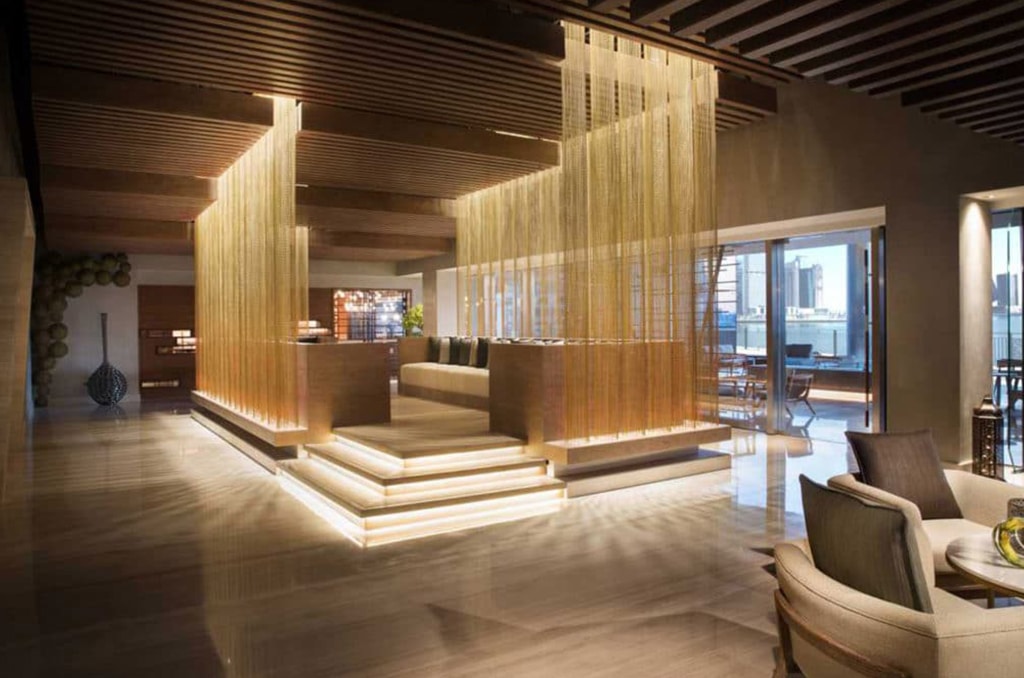Lighting design is an essential part of creating any successful event experience. From weddings to concerts, the perfect lighting can tie together the entire aesthetic and make all the difference in setting the right mood. Get a better understanding of lighting design basics with this guide!
Table of Contents
Basic Concepts of Lighting Design
Lighting design is all about creating the desired atmosphere for any given event, so understanding the basics of how light works and how it can affect a space is absolutely crucial. Different lighting fixtures provide different kinds of ‘light look’ (warm/red, cold/blue, etc.) that alter the way the environment looks and feels. Therefore, having knowledge about how different lights work and their effects on a room will help you create an immersive experience for your guests.
Exploring the Tools of the Trade
There are numerous options available when it comes to lighting fixtures. Among the most commonly used types of lights include spotlights, floodlights, strip lights, wash lights and downlights. While each type of light has its own unique purpose, understanding the basic principles behind each one is essential for successful lighting design. Spotlights allow you to highlight specific areas or focus on certain elements within a space; Floodlights provide wide and medium-range illumination that can be used for general illumination or accentuate special elements; Strip lights add movement and a special look to any environment; Wash lights serve as large area illuminators; and Down-light scatters light uniformly throughout the room.
How to Create Atmospheric Light Design
When it comes to creating a memorable atmosphere using light design, the key is to be creative and think outside of the box. Atmospheric lighting should be used subtly in order to create a relaxed and inviting environment. Experiment with colour temperatures, angles, textures and shadows while playing around with colour themes throughout your space. Creative illumination techniques like eye-catching patterns or swaying animated lights can also help to make any special event even more charming and unique. To achieve the best results, use a mixture of different types of fixtures in order to diversify your light designs and take advantage of the different levels of intensity available.

What is the Proper Way to Set Up a Lighting Rig?
When setting up a lighting rig, make sure to plan out the best possible configuration for your space. Keep in mind the size of the venue and any obstacles that you might have to work around. When you’re ready, check the power outlets and hang fixtures in the desired position. Make sure that each fixture is hung securely and at the proper height for the given effect. Once all fixtures are set up, plug them in one by one and use DMX cables to link them together so you can control your design from a single console. To get optimal results, use light gels or diffusers to soften any harsh shadows or colours from light leaks. Finally, use a dimmer board to adjust intensity when necessary.
Understanding Color Theory and Its Impact on Lighting Design. Colour theory is an important part of any successful lighting design. Warm colours like red and orange tend to be more energetic and engaging, while cool tones such as blue and purple evoke a calming effect. Using different coloured lights in the same space can create unique atmospheres based on your goals. For example, a blend of cool blues and purple hues could evoke a peaceful and relaxed atmosphere for yoga or spa-centered events. Conversely, a sea of warm orangy reds and yellows would create an energetic ambience for a dance party. Understanding how to use colour in your lighting design is key to conveying the feeling you wish to create with your work.
We deliver innovative, visually stimulating and technical excellent lighting solutions. Contact neoalpha global for all your lighting design needs.








